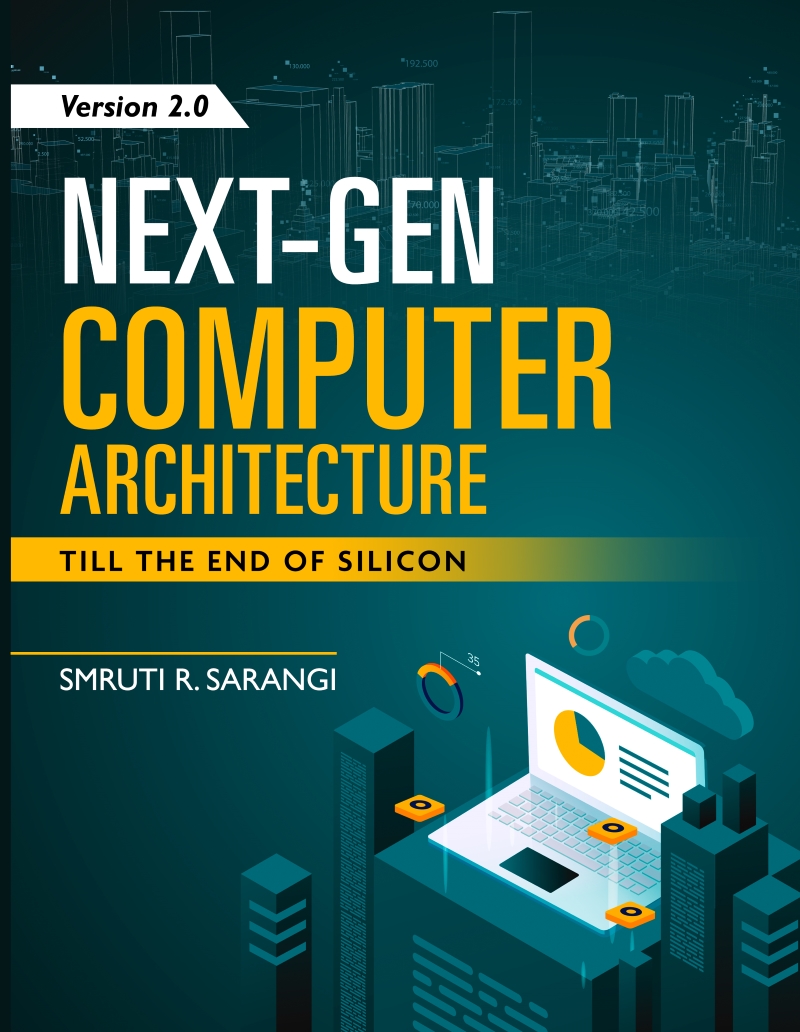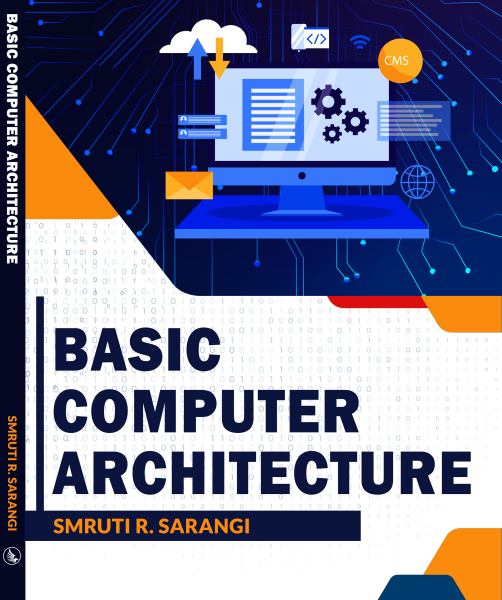Slides
|
YouTube Videos (click the
 link) link) |
Chapter 1:
Introduction
|
1. Introduction  |
Chapter 2: Out-of-order pipelines
|
1. Summary of in-order
pipelining 
2. Motivation for out-of-order pipelining 
3. Register renaming and precise exceptions 
|
Chatper 3:
The fetch and decode stages
|
1. Fetch logic. 
2. Branch prediction 
3. Decode stage 
Notes on operating systems: [pdf]
|
Chapter 4:
Issue, execute, commit
|
1. Instruction renaming 
2. Wakeup, select, and broadcast 
3. Load store queue 
4. Instruction commit 
|
Chapter
5: Alternative approaches to issue and commit
|
1. Aggressive speculation 
2. Replay schemes 
3. Compiler based techniques 
4. VLIW and EPIC processors  |
Chapter 6: Graphics
Processors
|
1. Traditional graphics pipeline 
2. The CUDA programming language 
3. Design of GPGPUs  |
Chapter 7:
Caches
|
1. Overview of caches 
2. Cache optimizations and virtual memory 
3. SRAM and CAM arrays 
4. Cacti tool, Elmore delay 
5. Advanced cache optimizations 
6. Trace caches, instruction, and data prefetching  |
Chapter 8:
NoC
|
1. Network topologies and basic concepts 
2. Flow control and flit/packet level switching 
3. Routing Algorithms and 5-Stage Router Pipeline 
4. Arbiters and Allocators, Pipeline Optimization 
5. Non-Uniform Caches, Synthetic Traffic  |
Chapter
9: Multicore Systems
|
1. Parallel programming and hardware
threads 
2. Theoretical foundations 
3. Sequential consistency, PLSC, and coherence 
4. Execution witnesses, access graphs, causal graphs

5. Cache coherence: snoopy and directory protocols 
6. Advanced directory protocols and atomic operations

7. Memory models and data races 
8. Methods to detect races 
9. Transactional memory  |
| Chapter 10: Main Memory |
1. DRAM devices and arrays 
2. Synchronous and asynchronous transfer protocols 
3. DDR4 states and timing 
4. Flash and FeRAMs 
5. MRAMs, PCM, ReRAMs and the Roofline model 
|
| Chapter 11: Power and Temperature |
1. Dynamic and leakage power 
2. Temperature modeling 
3. Methods to manage power and temperature
 |
| Chapter 12: Reliability |
1. Soft errors and inductive noise 
2. Non-determinism and design faults 
3. Process variation, ageing and hard errorrs  |
Chapter
13: Secure Architectures
|
1. Cryptographic fundamentals and encryption 
2. Hashing and secure processors 
3. Side channel attacks and oblivious RAM 
|
Chapter 14:
Architectures for ML
|
1. Basic ML Concepts 
2. Mathematical representation of CNN computations, stationarity 
3. Hardware architectures for 1D/2D convolution

4. Optimizations and memory systems
 |
| CXL |
<the videos will be uploaded soon> |





